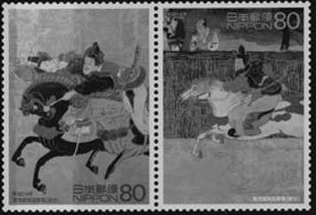
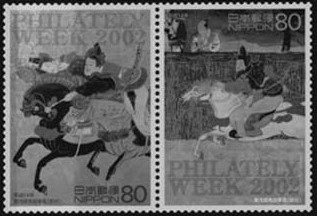
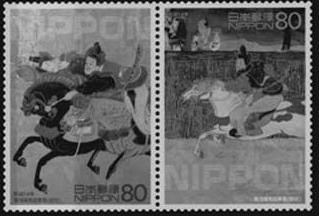
"NOTICE: this list is no longer updated, as this type of stamp is no longer considered to be unusual."
The metallic multi image (MMI) method, developed by the Printing Bureau of Japan, uses metal-powder-based inks and standard printing methods used for conventional color inks. The printing mechanism is controlled so that different colors appear on the surface depending on observation angle, thus showing different characters. Light generally reflects off a printed surface with two components: colored light that is diffused after reflecting off the ink particles, and white light that is reflected perpendicularly to the light source. By combining these two effects, the characters can be made to blend into the background at the angles when the shine component is strong, and appear at high contrast to the background at other angles. Conversely, the characters can be made to appear at angles when the diffused light component is strong, and blend into the background at other angles. These stamps were printed using both these configurations by sectioning the stamps into thin strips and alternating these two types of printing. Thus, depending on the angle, two different sets of characters emerge. See also: Flip flop



19-04-2002 - Giappone / Japan 'metallic multi images': muovendo il francobollo, la scritta Nippon cambia in Philately Week 01-04-2003 - Giappone / Japan (auto-adesivi) 20-04-2004 - Giappone / Japan Philately Week 01-12-2004 - Giappone / Japan P-stamps (auto-adesivi) 20-04-2005 - Giappone / Japan 19-04-2006 - Giappone / Japan Philately Week 01-11-2006 - Giappone / Japan Lottery stamps (P-stamps) 20-04-2007 - Giappone / Japan Philately Week 01-10-2007 - Giappone / Japan Post Corporation Japan 01-11-2007 - Giappone / Japan Lottery stamps (P-stamps) 18-04-2008 - Giappone / Japan Philately Week 04-11-2008 - Giappone / Japan Lottery stamps (P-stamps) 20-04-2011 - Giappone / Japan Philately Week 20-04-2012 - Giappone / Japan Philately Week 19-04-2013 - Giappone / Japan Philately Week 18-04-2014 - Giappone / Japan Philately Week 20-04-2015 - Giappone / Japan Philately Week 20-04-2016 - Giappone / Japan Philately Week 20-04-2017 - Giappone / Japan Philately Week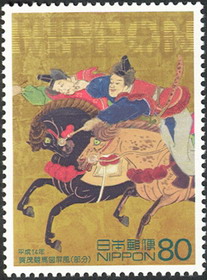
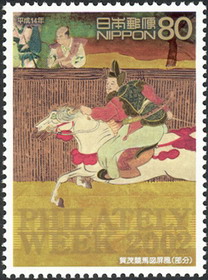
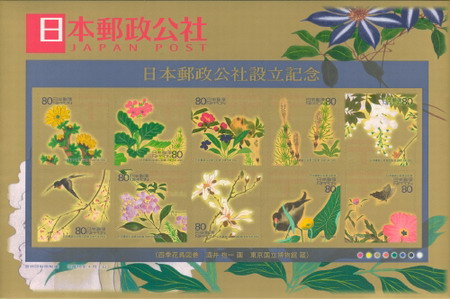
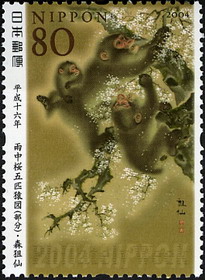
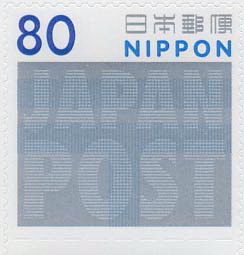
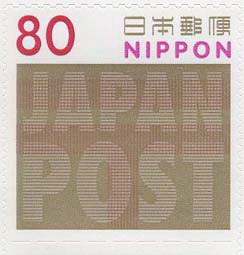
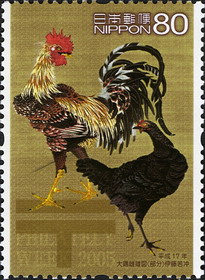
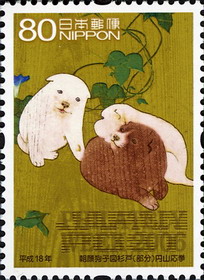
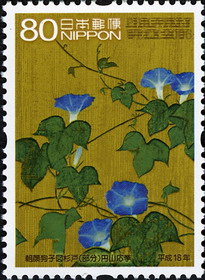
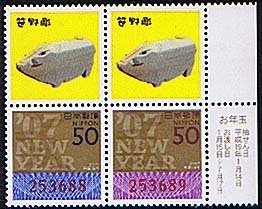
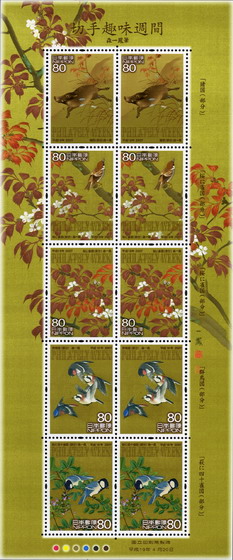

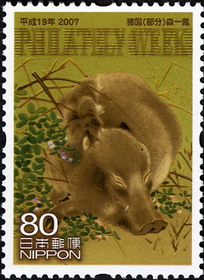
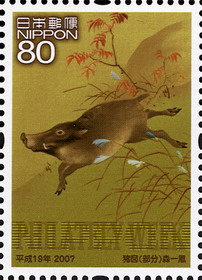
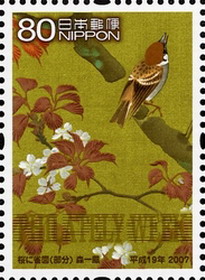
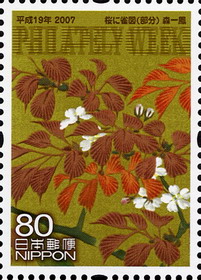
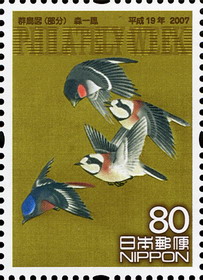
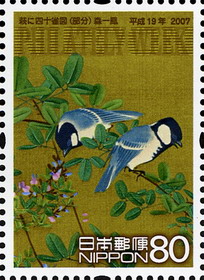
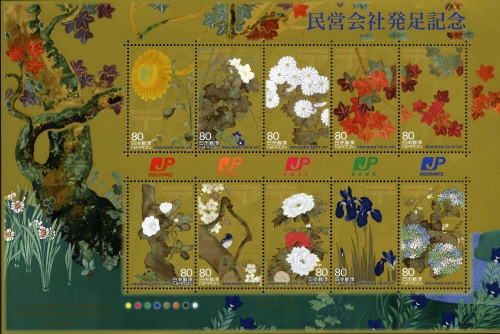
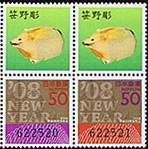

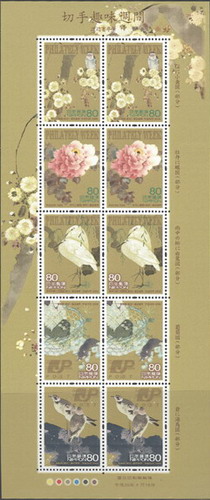
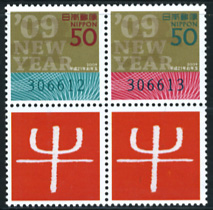
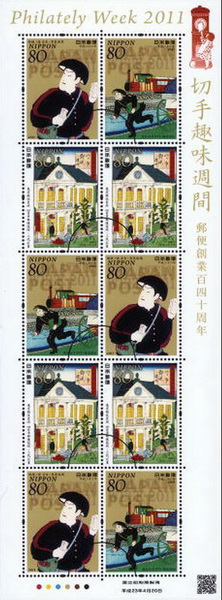
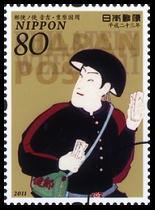
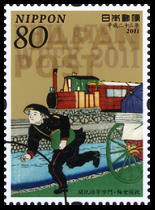
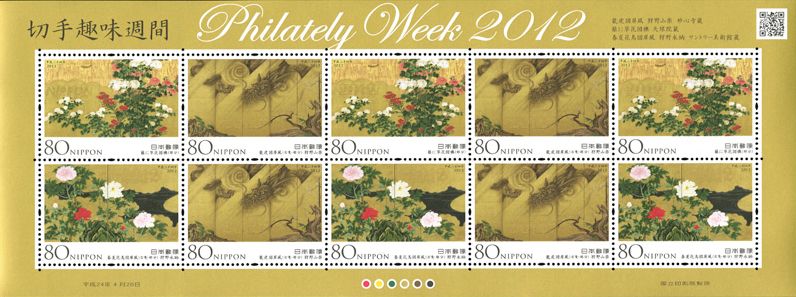

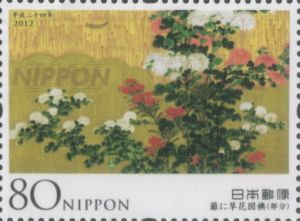
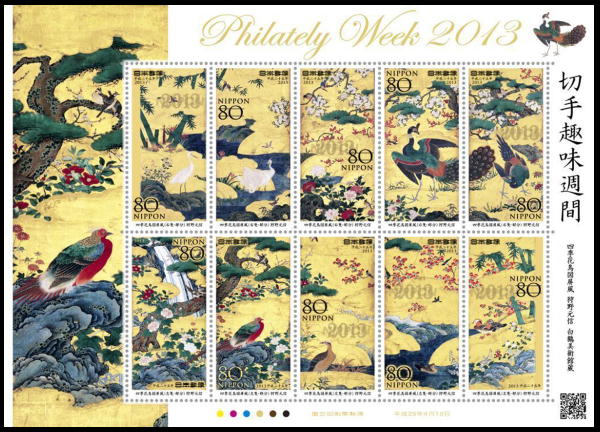
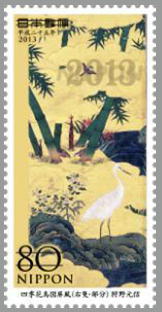
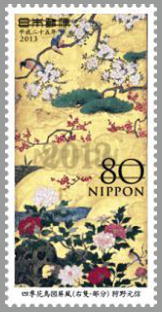
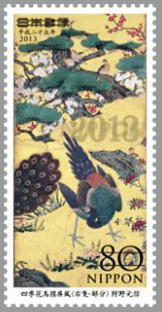
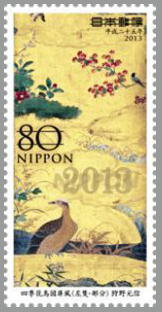
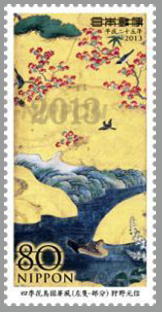
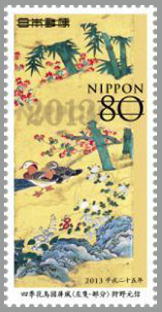


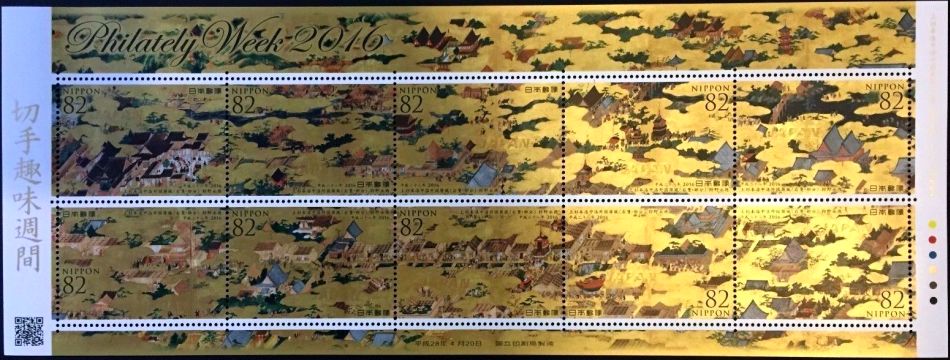
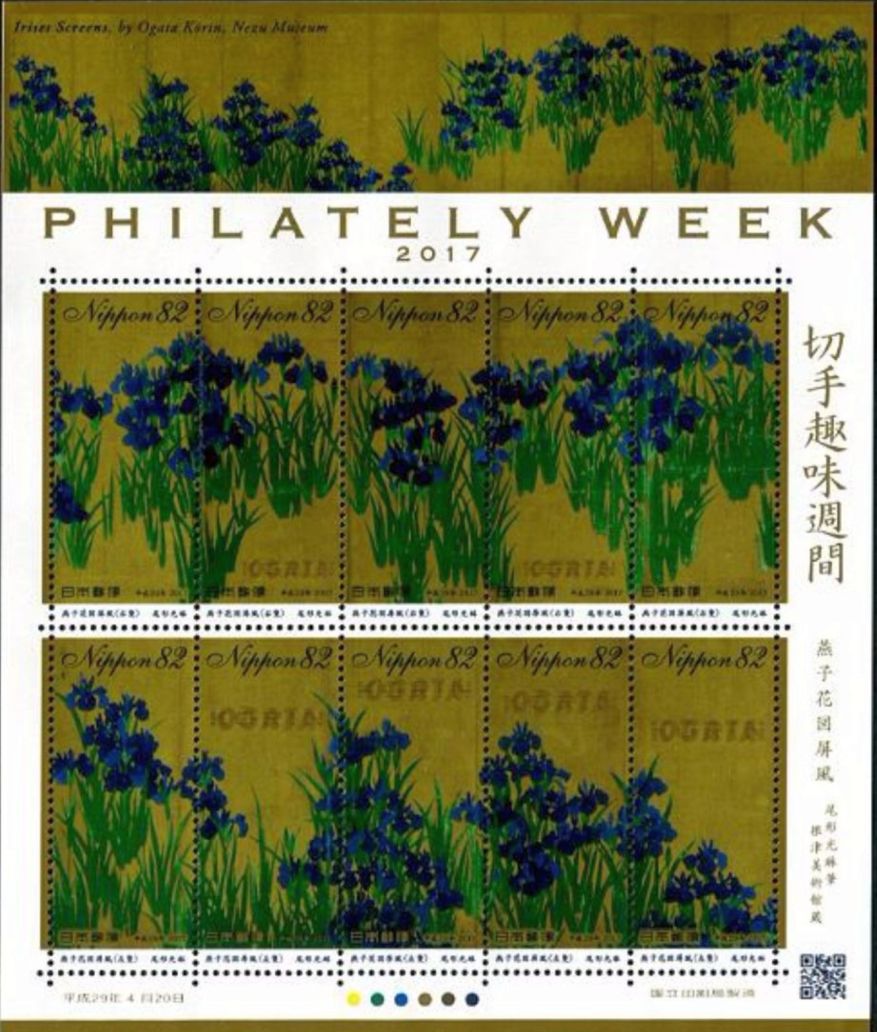
"NOTICE: this list is no longer updated, as this type of stamp is no longer considered to be unusual."